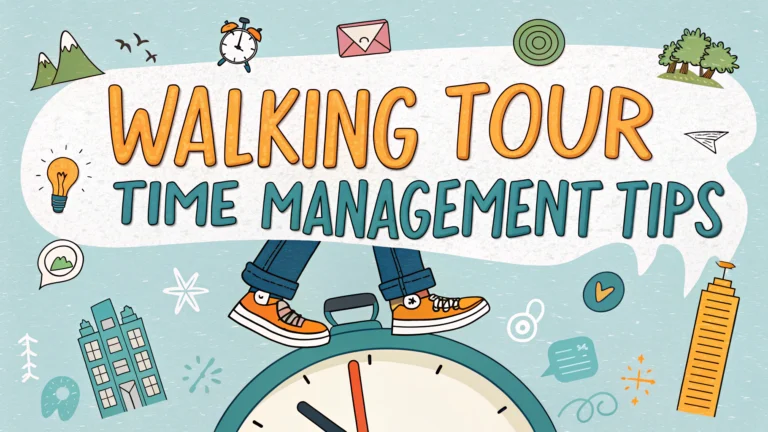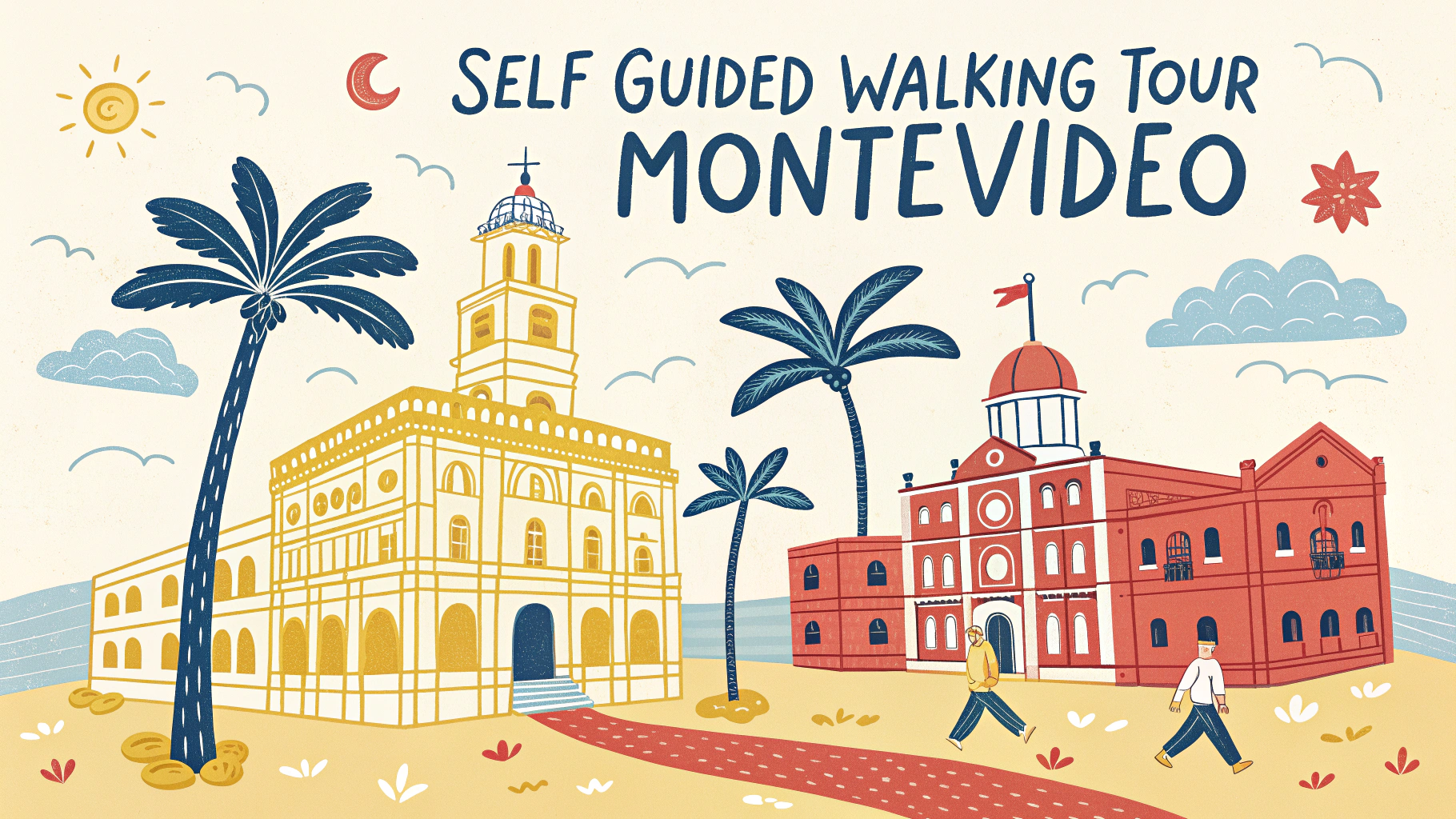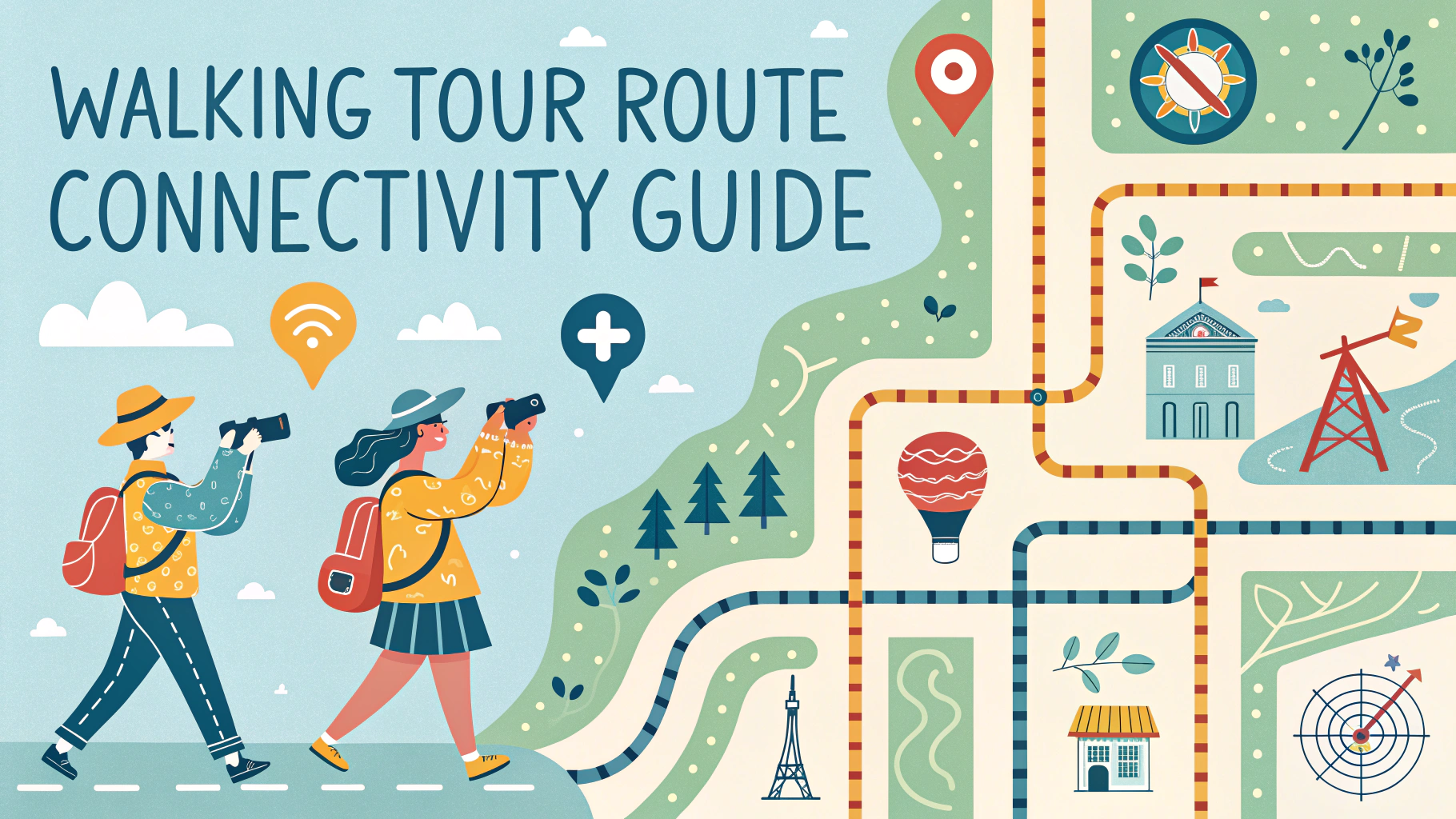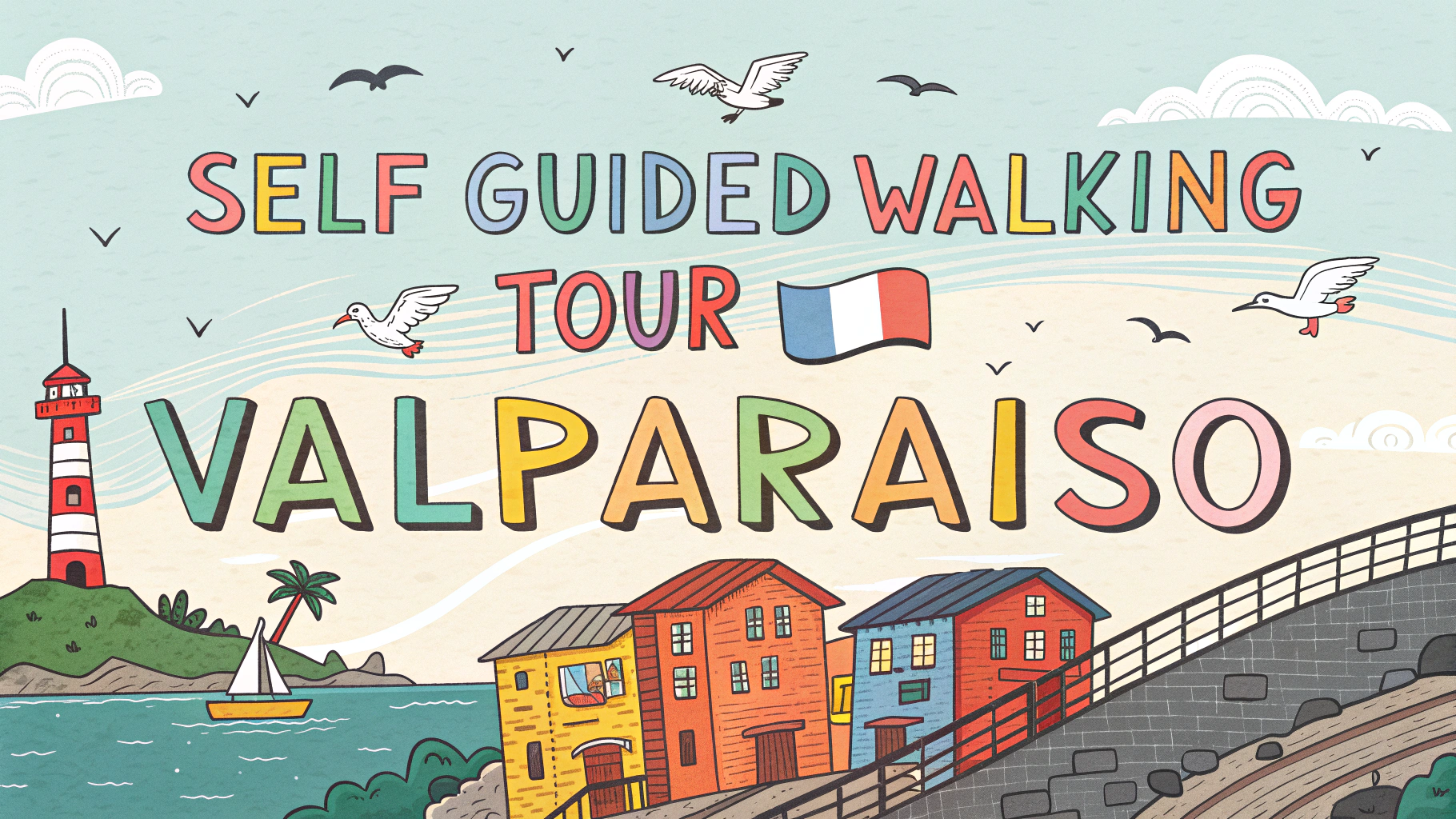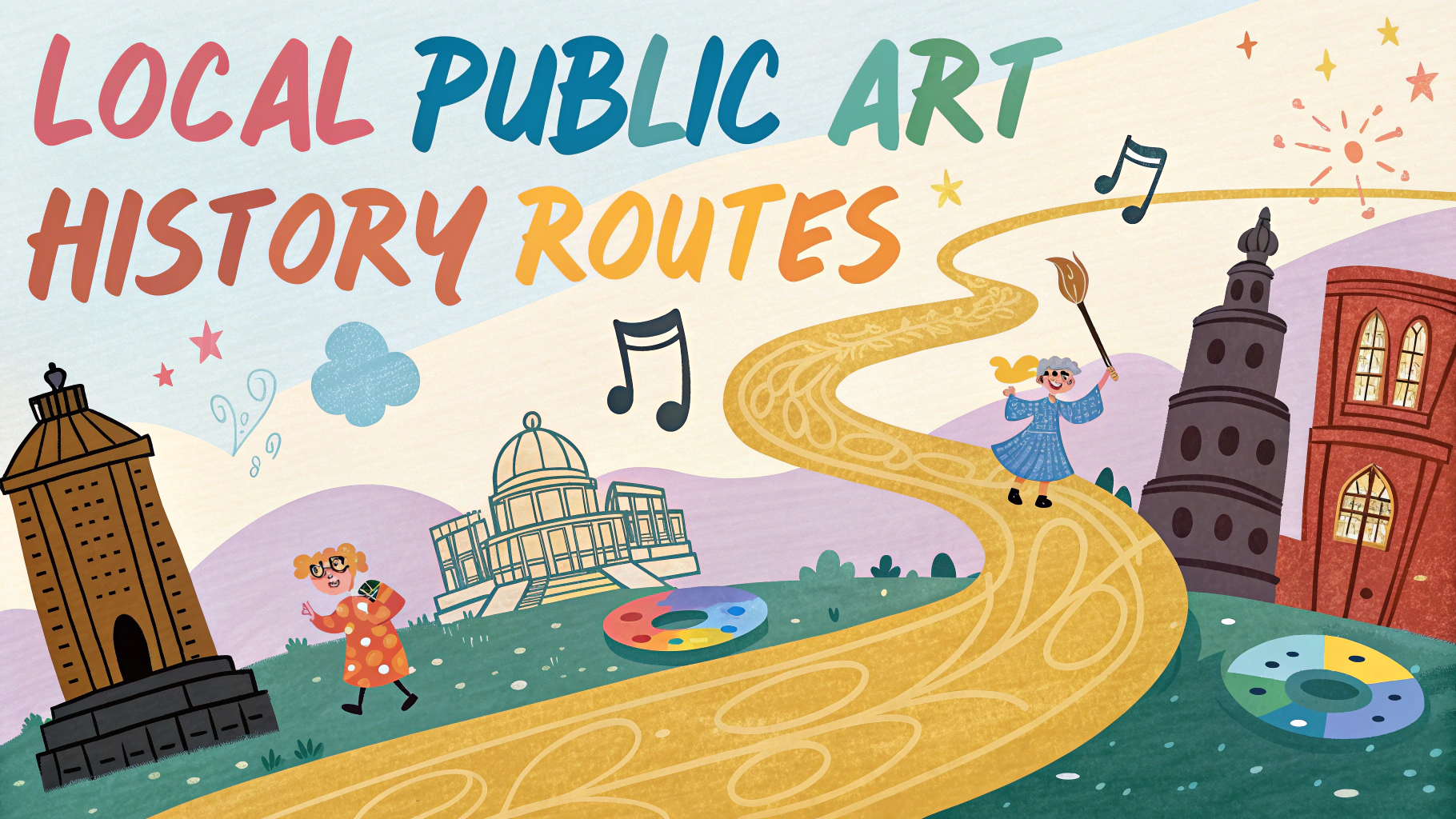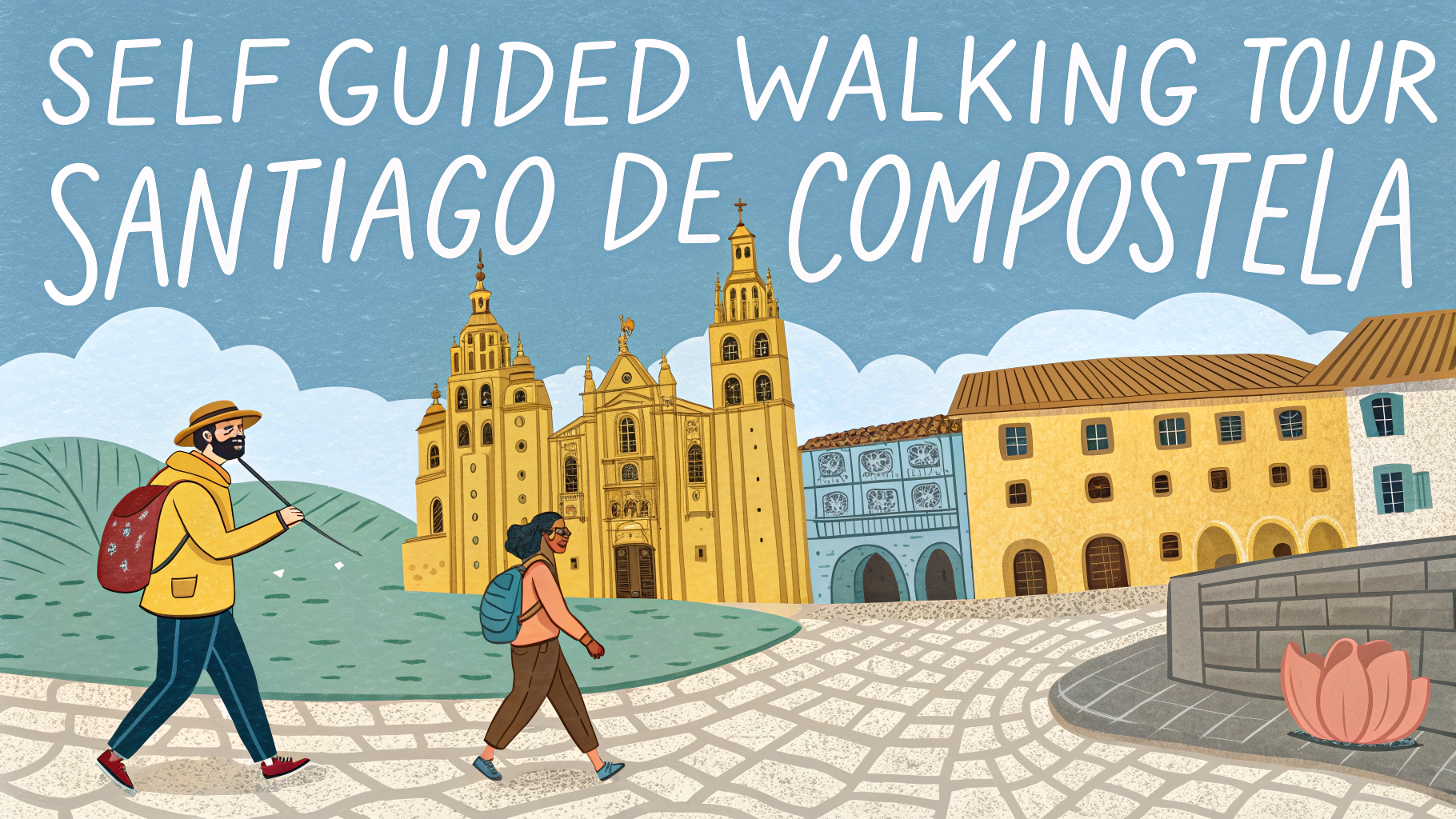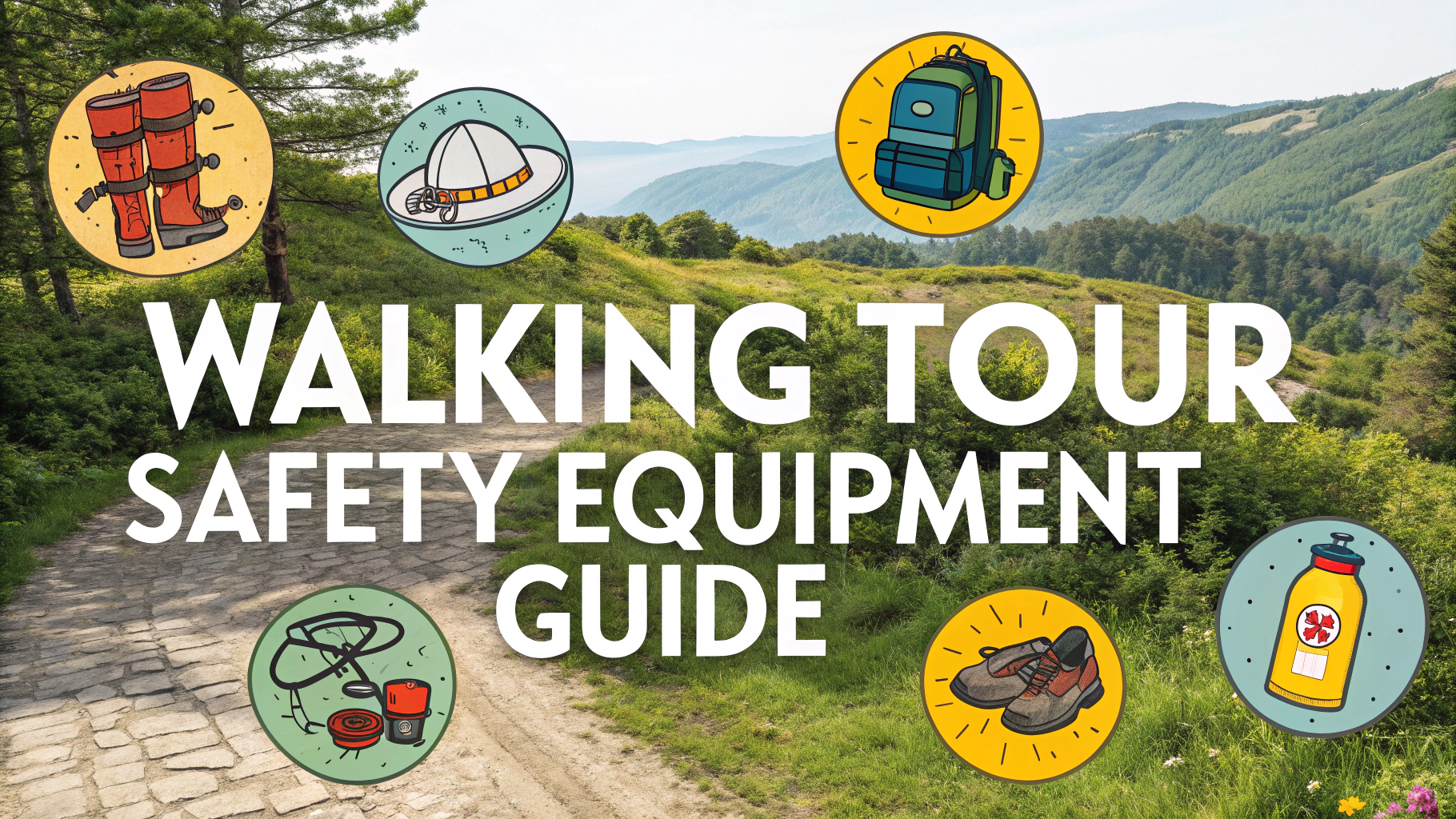Proper time management can make or break your self-guided walking tour experience.
Start by downloading offline maps of your route to avoid getting lost and wasting precious time.
Planning Your Walking Tour Schedule
- Allow 15-20 minutes per major sight or stop
- Add 30% buffer time for unexpected delays
- Plan rest breaks every 1-2 hours
- Research opening hours of attractions beforehand
Check the weather forecast and plan indoor alternatives for rainy periods.
Time-Saving Tips
- Purchase attraction tickets online in advance
- Pack snacks to avoid restaurant searches
- Start early to avoid crowds
- Use public restrooms at museums or cafes during planned stops
Pace Management
| Walking Speed | Distance per Hour | Best For |
|---|---|---|
| Slow | 2-3 km | Photo walks, detailed sightseeing |
| Medium | 4-5 km | Regular sightseeing |
| Fast | 6+ km | Quick overview tours |
Tech Tools for Time Management
- Google Maps: Download offline maps
- GPSmyCity: Self-guided tour routes
- Citymapper: Public transport integration
Set alarms on your phone for major attractions’ closing times.
Emergency Time-Savers
- Keep local taxi numbers saved
- Know public transport shortcuts
- Mark nearby coffee shops for quick breaks
- Save emergency contact numbers
Consider joining free walking tours in new cities to get oriented before planning your self-guided routes.
Distance Planning
- Maximum recommended daily walking distance: 8-10 km
- Plan circular routes when possible
- Include transport options for return trips
Keep a printed map as backup – phone batteries can die at the worst moments.
Quick Tips for Group Management
- Agree on meeting points in advance
- Set clear time expectations
- Share route details with all members
- Choose a group coordinator
Remember to take photos of street names and landmarks to help retrace steps if needed.
Safety Considerations
- Share your route with someone back home
- Walk in well-lit areas after dark
- Keep valuables secure and hidden
- Note locations of police stations and hospitals
Seasonal Adjustments
Summer
- Start early to avoid peak heat
- Plan indoor breaks during hottest hours
- Carry water and sun protection
Winter
- Allow extra time for weather delays
- Plan routes near indoor attractions
- Check for seasonal closures
Route Optimization
- Group nearby attractions together
- Consider one-way streets and pedestrian zones
- Note construction or temporary closures
- Plan food stops near major attractions
Conclusion
Successful self-guided walking tours require careful planning and time management. By considering factors like pace, distance, weather, and seasonal variations, you can create an enjoyable and efficient touring experience. Remember to stay flexible and have backup plans ready. With proper preparation and the right tools, self-guided tours can offer a personalized and rewarding way to explore new destinations.
Always prioritize safety and comfort over completing every planned stop. A well-planned walking tour should leave room for spontaneous discoveries while ensuring you see your priority attractions.
FAQs
- How long should I plan for a typical self-guided walking tour?
Plan for 2-3 hours for a standard city walking tour, though this can vary based on the route length, number of stops, and your personal pace. - What’s the best time of day to start a walking tour?
Early morning (8-10 AM) is optimal as temperatures are cooler, crowds are smaller, and you’ll have better lighting for photos and sightseeing. - How can I avoid getting tired during long walking tours?
Take regular breaks every 30-45 minutes, wear comfortable shoes, stay hydrated, and plan your route with rest stops at cafes or benches. - What essential items should I bring on a self-guided walking tour?
Bring comfortable shoes, water bottle, weather-appropriate clothing, offline map, power bank, snacks, and a printed or digital copy of your route. - How do I plan efficient routes for my walking tour?
Research attractions in advance, plot them on a map, organize them in a logical sequence, and consider one-way routes rather than backtracking. - What’s the ideal walking distance for a self-guided tour?
2-5 miles (3-8 kilometers) is ideal for most people, allowing time for stops and sightseeing without excessive fatigue. - How should I handle unexpected weather during my walking tour?
Plan alternative indoor routes, carry weather protection (umbrella/raincoat), and research nearby shelter spots like museums or cafes. - What’s the best way to pace myself during a walking tour?
Maintain a leisurely pace of 2-3 mph (3-5 km/h), allowing extra time for photos, rest stops, and unexpected discoveries. - How can I ensure I don’t miss important sites on my route?
Create a detailed itinerary beforehand, use a navigation app, mark key attractions on your map, and research operating hours of sites. - What safety precautions should I take during self-guided tours?
Stay aware of your surroundings, keep valuables secure, share your route with someone, stick to well-lit areas, and carry emergency contact information.
